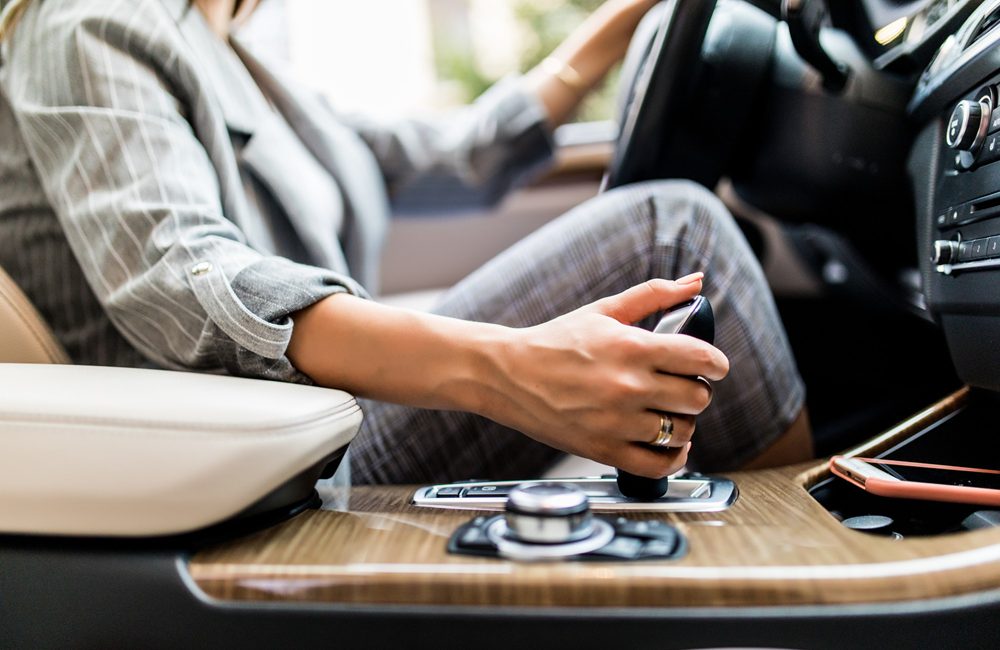In the realm of automotive design and manufacturing, car safety stands as a paramount concern, shaping the evolution of modern vehicles. Today’s cars are equipped with an array of safety features and technologies designed to protect passengers and pedestrians alike. This blog explores the intricate ways in which modern cars are constructed for safety, highlighting the advancements that have become standard in the industry.
The Foundation of Safety: Vehicle Design and Structure
Modern car safety features begin with the vehicle’s design and structure. The use of high-strength steel and advanced materials in the car’s frame enhances its ability to withstand impacts. Crumple zones are strategically integrated into the car’s design, absorbing and dissipating crash energy away from the passenger compartment. Moreover, side-impact beams and reinforced safety cages protect occupants by maintaining structural integrity during collisions.

Active Safety Features in Cars: Preventing Accidents Before They Happen
Active safety features in modern cars are designed to prevent accidents from occurring in the first place. These include:
Electronic Stability Control (ESC)
- Automatically detects and reduces loss of traction, preventing skidding or sliding during abrupt turns.
Antilock Braking Systems (ABS)
- Prevents the wheels from locking up during braking, allowing the driver to maintain steering control.
Adaptive Headlights
- Adjust the direction and range of the car’s headlights based on speed, steering, and elevation, improving visibility around curves and over hills.
Passive Safety Features: Minimising Injuries When Accidents Occur
Despite the best prevention efforts, accidents can still happen. Passive safety features are designed to minimise injuries when a collision is unavoidable:
Airbags
- Modern cars are equipped with multiple airbags, including front, side, curtain, and even knee airbags, to cushion the impact for occupants.
Seatbelts with Pre-tensioners and Load Limiters
- These automatically tighten to secure passengers upon detecting a collision, then loosen slightly to reduce the risk of injury from the belt itself.
Advanced Driver Assistance Systems (ADAS)
ADAS technologies represent cutting-edge car safety features, utilising sensors, cameras, and radars to provide:
Autonomous Emergency Braking (AEB)
- Detects potential collisions and automatically applies the brakes if the driver fails to respond.
Lane Departure Warning and Lane Keeping Assist
- Alerts the driver when the vehicle begins to drift out of its lane and can gently steer the car back to its intended path.
Blind Spot Detection
- Monitors areas of the car that are difficult for the driver to see and alerts them to hidden dangers.
The Role of Technology and Connectivity
The integration of technology and connectivity in modern cars further enhances safety. Systems like OnStar and telematics can automatically alert emergency services in the event of a crash. Furthermore, vehicle-to-vehicle (V2V) and vehicle-to-infrastructure (V2I) communication hold the promise of transforming road safety by enabling cars to share information about road conditions, traffic, and potential hazards.
Regular Maintenance: The Key to Lasting Safety
Even the most advanced safety features require regular maintenance to function correctly. Regular checks and servicing ensure that crucial systems like brakes, tyres, and lights are in optimal condition, maintaining the vehicle’s safety integrity over time.
A Reminder for NSW Drivers
While modern cars are built with a plethora of safety features, it’s essential for NSW drivers to remember that a valid Greenslip or CTP insurance is a legal requirement to drive on NSW roads. Greenslips 4 Earth’s CTP Calculator makes it easy for drivers to compare Greenslips prices from leading insurers, ensuring compliance with the law while securing the best possible deal.
The advancements in car safety technology represent a significant leap forward in protecting lives on the road. By understanding how modern cars are built for safety, drivers can make informed decisions about their vehicles, contributing to safer roads for everyone.
For more information on car safety features and to compare Green Slip options, visit Greenslips 4 Earth.





